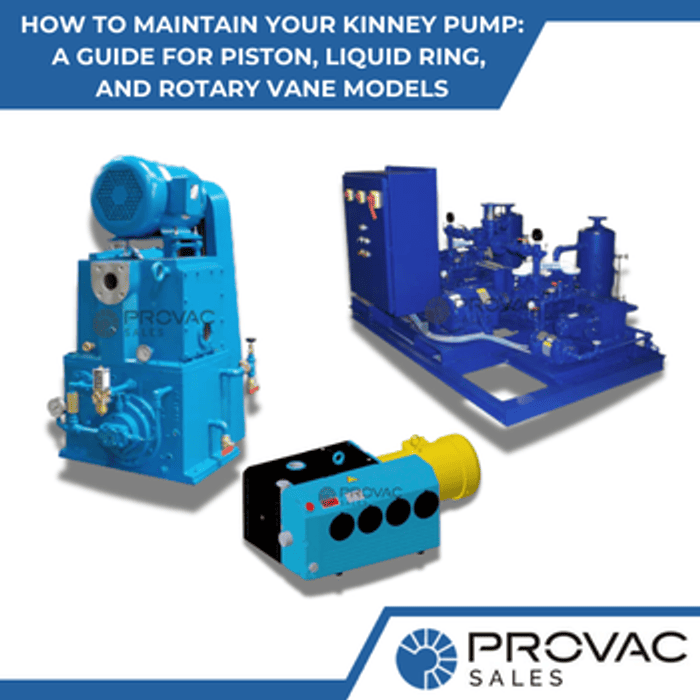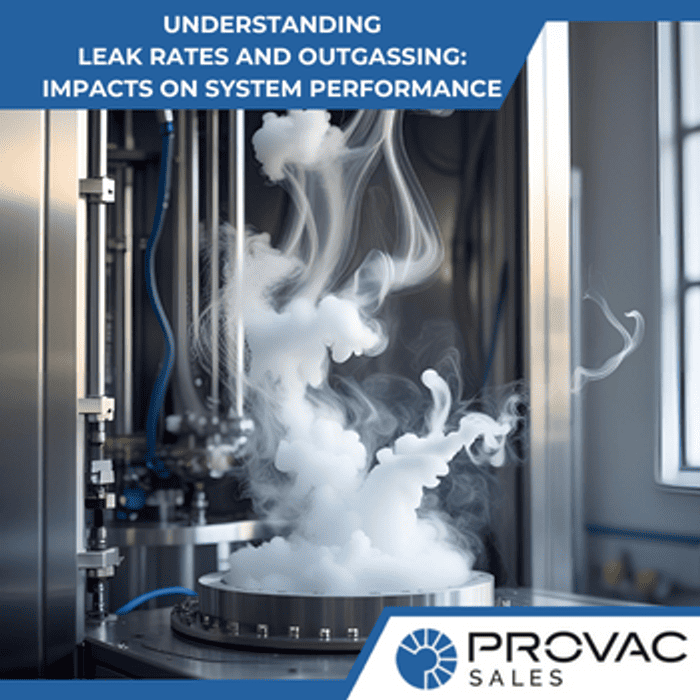Like the extensive cannabis market, there's a massive growth in the CBD supermarket. According to Forbes.com, it's estimated to exceed over $2 billion in sales in the next three years, with close to half a billion of that originating from hemp products. Unlike other THC products, CBD is mainly used for medicinal purposes.
Even if hemp or cannabis is used to produce mechanical products, different processors are finding out established tools and methods. As a result, it improves the quality and throughput of their CBD manufacturing. Luckily, this article covers how vacuum distillation works in cannabis processing to help you in gaining more insight.
Manufacturing Requirements for CBD Products
CBD products need extra processing to get rid of terpenes and reduce the THC content to prevent the psychoactive effect. It doesn't matter if processors are using hemp or marijuana plants, this process is necessary. After the process is complete, the CBD-rich products are implemented in the consumer market as anti-seizure, anti-inflammatory and other treatments.
Cannabis Distillation Process: How It Works
First and foremost, you ought to have an extract that you can distill. The extract is created by ethanol, carbon dioxide or butane extraction of the botanical raw material of cannabis. Usually, a waxy or tarry solid, the extract comprises of terpenes, cannabinoids and other botanical chemicals. Furthermore, it will consist of organic chemicals, inorganic chemicals, and pesticides available in the raw material. Each of these chemical compounds will be concentrated with the extraction process in the final extract.
Get prepared to distill the extract, which will then be transferred to a specific vacuum distillation vessel. In general, vacuum distillation is implemented to avoid the decomposition of those cannabinoid products through oxidation or thermal reactions. In a vacuum, those cannabinoids change into a vapor when the oxygen is limited and the temperature is low.
A distillation column is a section of the vacuum distillation apparatus. The column's dimensions (length and width) together with the design or packing (theoretical plates) will have an effect on the distillation separation's efficiency of every chemical compound. That means, the number of theoretical plates present in a column directly affects the purity of the chemical compound found in the distillate.
The vacuum and temperature controls must be precise and adjustable for every section of the distillation apparatus. If there is a failure in controlling the vacuum and temperature on any part in the distillation apparatus, this will bring about: impure distillate, oxidation of the distillate and the distillate's thermal destruction.
Producing a Clean and Pure Cannabis Distillate
The goal is to create a cannabis extract that is free from impurities and unwanted chemicals. Since plenty of cannabis extracts present for distillation are originating from grey-black market cannabis, the likelihood of contamination is high. For starters, set up a procedure of extraction cleanup. For example, wash the raw extract to get rid of inorganic phosphates. Later, recrystallize that washed extract to get rid of some of the pesticides.
Ensure that the distillation apparatus is well-adjusted to have the right temperature and vacuum controls. As a result, there will be a reduction in the creation of cannabis decomposition products in the ending distillate.
Make sure that the distillation process you are using consists of a lot of theoretical plates. That will ensure that your cannabis distillate contains the purity required.
Lastly, make sure that the personnel that operates the processes of cannabis distillation are well-trained and have the relevant experience and knowledge of handling the job.
Various Distillation Methods
There are three essential vacuum distillation methods that processors apply. These include short path, wiped film and fractional.
- Short-Path - In this distillation, a specific apparatus that has a multi-position receiver separates the components. Under vacuum, the oil is then heated in a flask, generally with a short path distillation attachment. Using a recirculating chiller, the condenser is then cooled to allow cooling for condensation of the particular component vapors. When the vapor temperature rises, it indicates a new mixture or compound fraction. By adjusting the multi-position receiving flask, different fractions of CBD, THC, and terpenes are isolated.
- Wiped Film - Wiped film distillation is slightly different from short path distillation, in that it can operate in continuous or batch modes. The oil is poured on a heated vertical cylinder while under vacuum. As the oil is introduced to the cylinder, it comes across rollers or rotating wipers that develop a thin line on that heated surface. A certain long and slender condenser located in the middle of the distillation process is cooled with the recirculating fluid and, in turn, condenses the vapor. The receiving vessels collect the produced condensate, as well as the high-temperature residue at the apparatus's bottom. A specific recirculating heater enables temperature control of the outer jacketed wiped film body and the feed container. Refrigerated circulators are responsible for cooling the vacuum trap and the condenser. Process optimization of the temperatures, vacuum, and the feed rate must be carried out to achieve the most suitable component composition in the specific distillate. This method minimizes the oil's exposure time and can enhance productivity if it is conducted in a continuous mode.
- Fractional - Fractional distillation implements a longer fractionating column that is built between the condenser apparatus and the vessel with heated oil. This can comprise of different types of columns (Oldershaw, Vigreux, etc.), allowing finer isolation of the components. The extended length of that fractionating column causes the vapor to eventually equilibrate with the liquid state; therefore, allowing refined isolation of the components.
Conclusion
Irrespective of the vacuum distillation method applied, the distillation process might require to be repeated until the most suitable composition, as well as purity, is achieved. We hope that you have gained more insight into the best techniques you can make use of to improve the manufacturing of your cannabis product.






